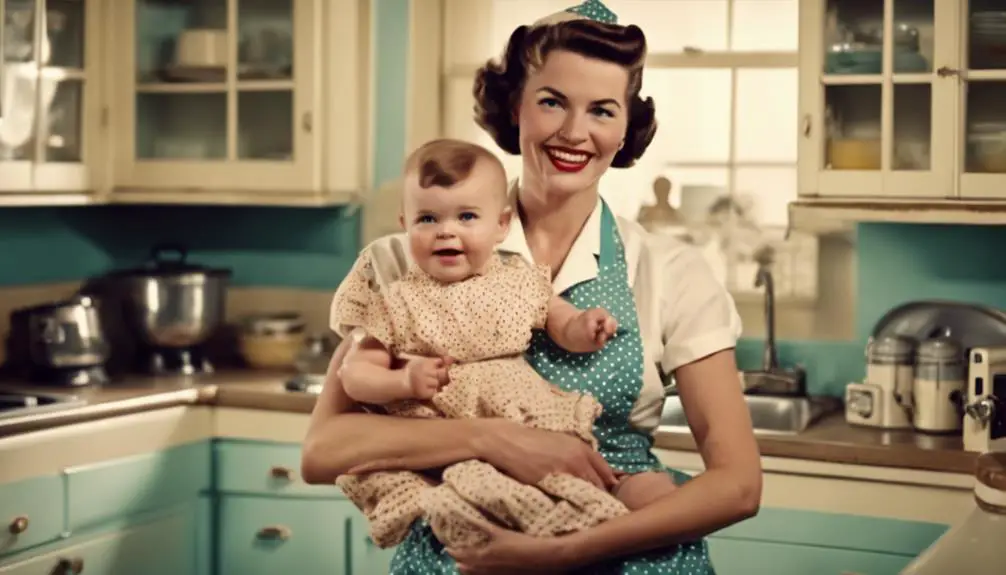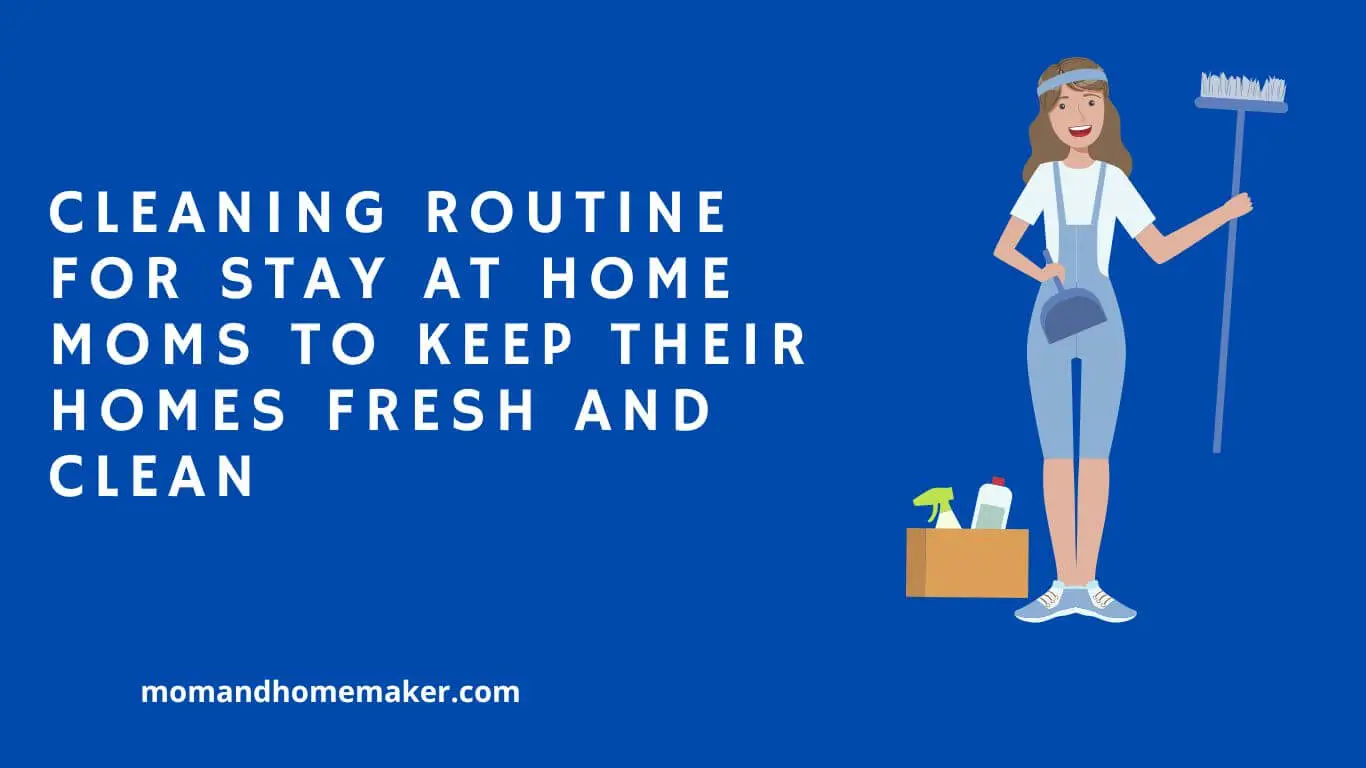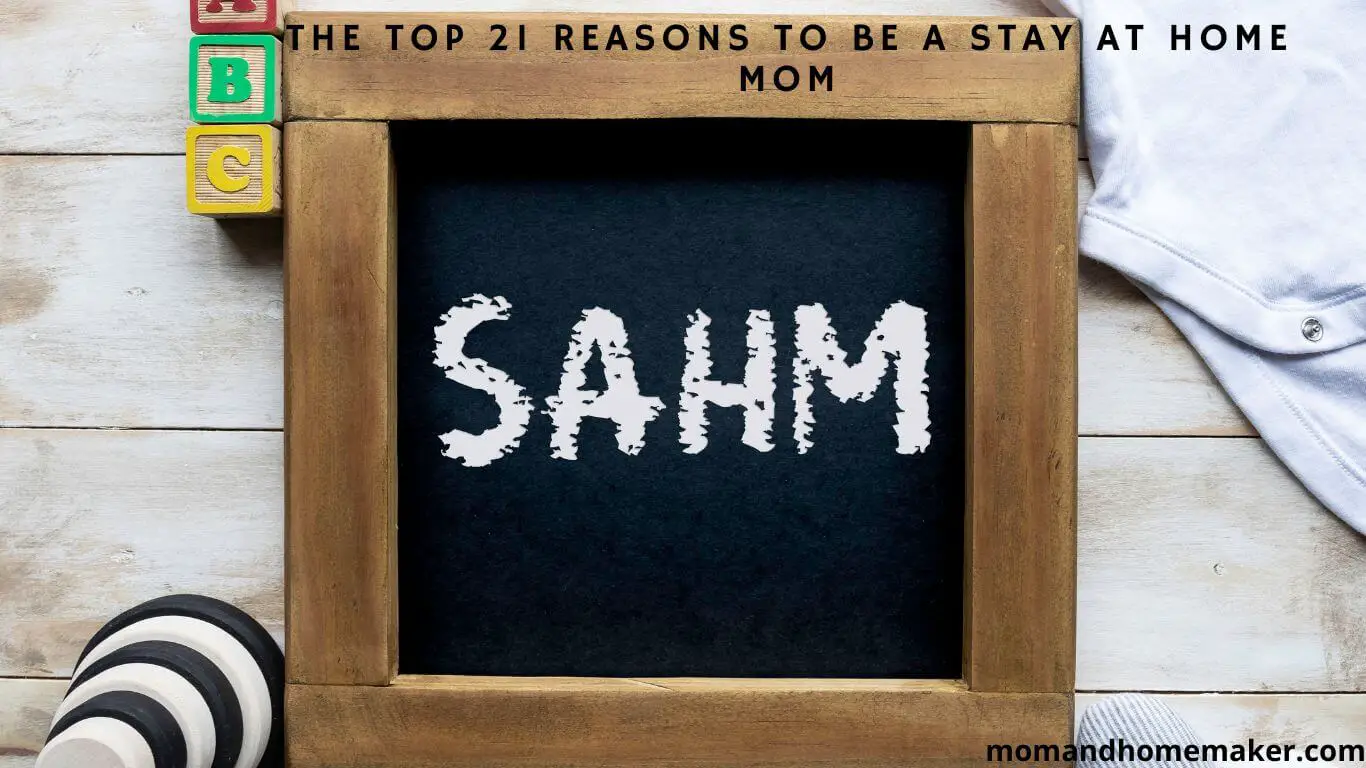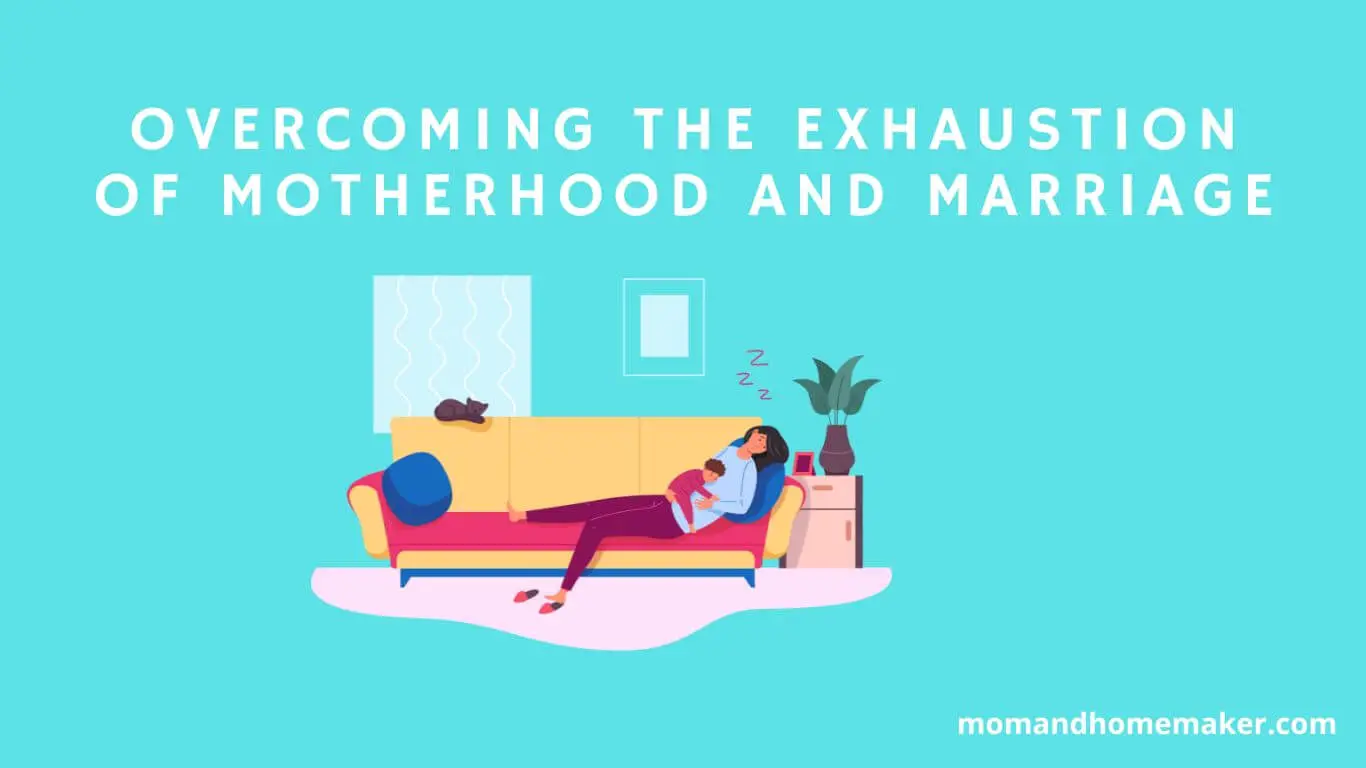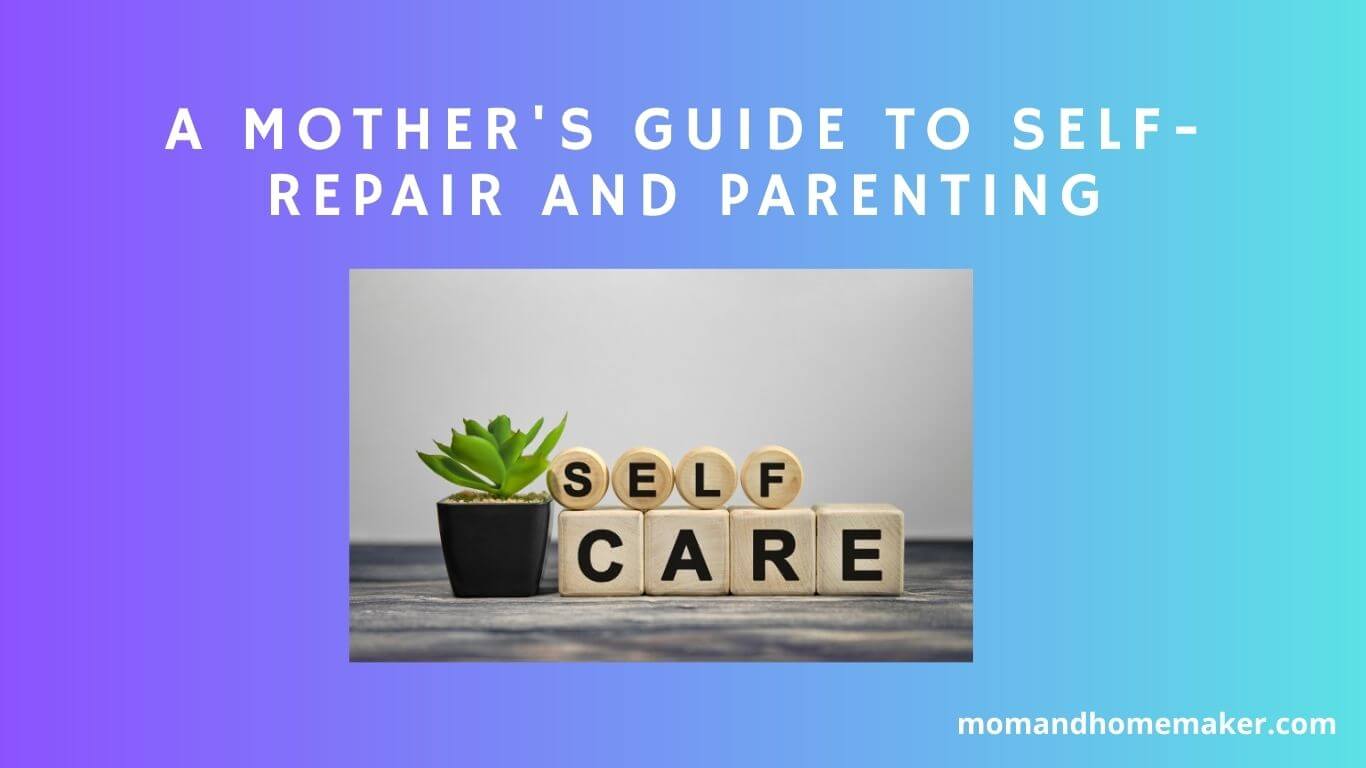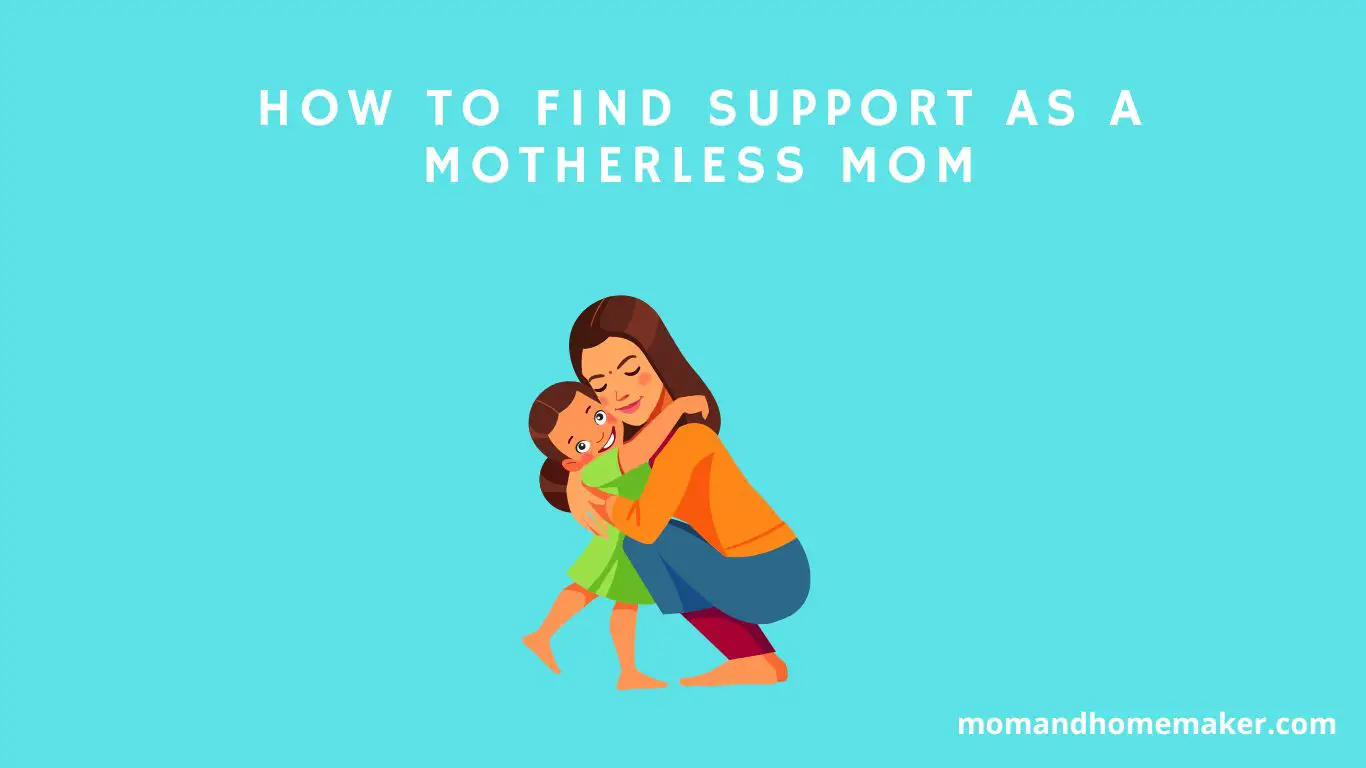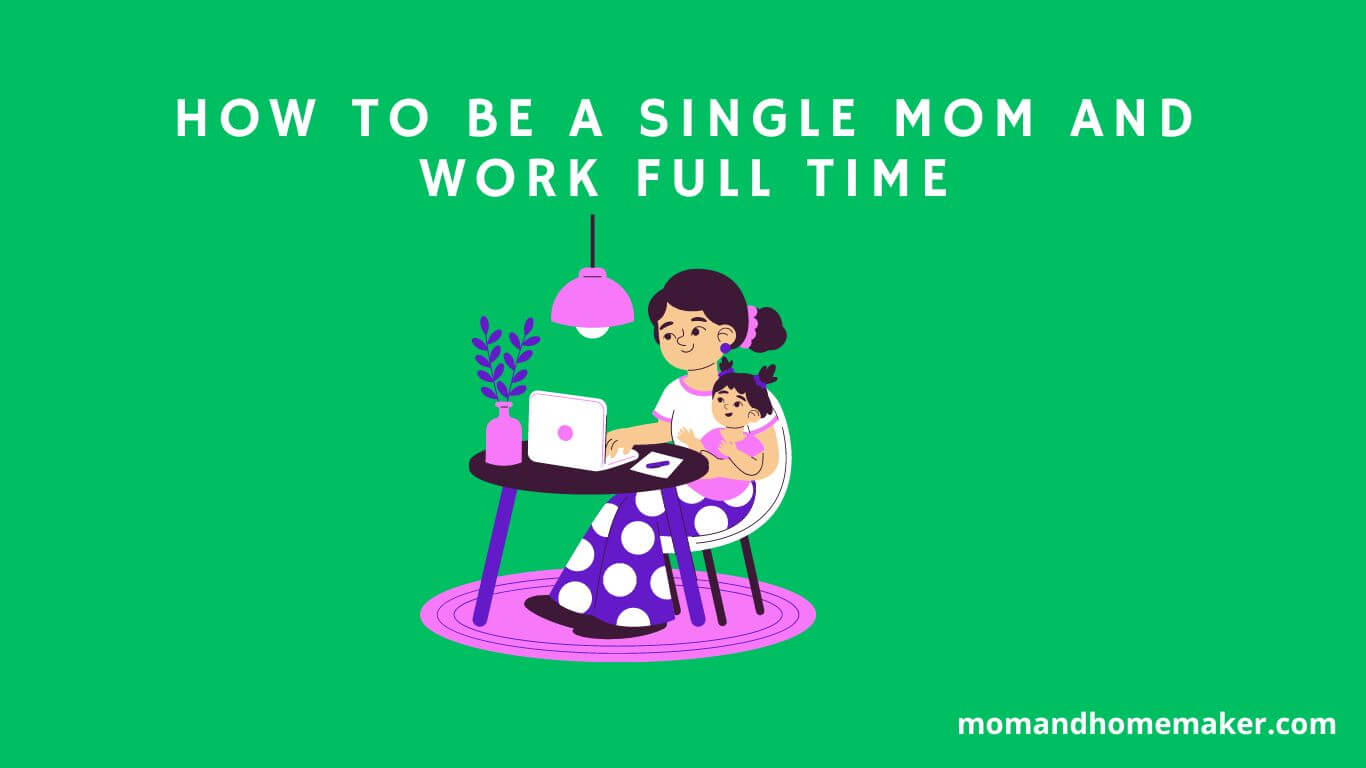During the 1950s, about 30% of American mothers chose to stay at home full-time, marking a significant shift in societal norms surrounding motherhood. This era played a crucial role in popularizing the concept of stay-at-home moms as we know it today.
By examining the historical and cultural factors that influenced this trend, we can better understand how it has shaped modern perspectives on family dynamics.
The evolution of the stay-at-home mom concept highlights the changing roles and expectations of mothers over time, shedding light on both past practices and their relevance in today’s world.
Industrial Revolution Impact
The Industrial Revolution brought significant changes to women’s roles within households as labor demands shifted and technology advanced. This period marked the beginning of women’s empowerment as societal norms evolved, challenging traditional gender roles.
Women found themselves increasingly involved in activities beyond the domestic sphere as the demand for labor in factories and industries grew, leading to more women working outside the home and changing family dynamics.
With women entering the workforce, the traditional division of labor within households began to change. Women’s roles expanded beyond managing the household to include contributing to the family income.
This shift prompted a reevaluation of gender roles, showcasing women’s capabilities beyond societal expectations.
Despite facing resistance and discrimination, many women embraced the opportunity to work outside the home, gradually altering perceptions of women’s abilities.
The Industrial Revolution not only reshaped the economic landscape but also influenced women’s roles within families.
As women gained independence and financial stability through work, power dynamics within households shifted subtly yet significantly.
This period laid the groundwork for future generations to continue challenging and redefining traditional gender roles, paving the way for further progress in women’s empowerment.
Post-World War II Shift
After World War II, there was a significant shift in societal norms regarding women’s roles, leading to increased opportunities for independence and career advancement.
The aftermath of the war brought about notable changes in gender roles, influencing how women perceived their place in society.
Following the war, with men returning home, there was pressure on women to resume traditional roles as homemakers to accommodate the returning soldiers in the workforce.
However, many women who’d taken on diverse responsibilities during the war were hesitant to revert to pre-war gender norms.
This conflict between societal expectations and personal aspirations sparked a gradual change in how women viewed their roles in society.
The post-World War II period marked a pivotal moment as women began to aspire to more than just household duties.
The desire for independence and career opportunities led to a shift in societal expectations, allowing women to pursue their ambitions beyond domestic settings.
Consequently, the concept of stay-at-home mothers evolved, reflecting the changing dynamics of gender roles and the growing emphasis on women’s autonomy and professional fulfillment.
1950s Ideal Family Image
After World War II, changes in gender roles influenced the ideal family image of the 1950s, highlighting traditional values and household roles.
This period emphasized traditional gender roles, where men were primarily seen as providers while women were expected to manage the home and children.
This setup was viewed as essential for a stable and harmonious family life.
Key Aspects of the 1950s Ideal Family Image:
- Emphasis on Traditional Gender Roles: The 1950s ideal family image centered on traditional gender roles, with men as breadwinners and women as homemakers.
- Nuclear Family Structure: The nuclear family, comprising a heterosexual couple and their children, was idealized as the standard family unit, promoting stability and unity.
- Modern Parenting Ideologies: Parenting in the 1950s focused on discipline, respect for authority, and instilling traditional values in children to nurture them into respectable members of society.
Emergence of Feminism
During a time when societal norms were changing, feminism started gaining momentum. It questioned traditional gender roles and advocated for equality in various aspects of life.
Feminist perspectives highlighted the differences between men and women, aiming to break down entrenched societal norms that perpetuated inequality.
This movement sparked discussions about gender equality and cultural expectations, pushing for the recognition of women’s rights and abilities beyond traditional domestic roles.
Critiquing traditional gender roles, feminist perspectives challenged societal expectations and fought for equal opportunities.
They emphasized women’s rights, addressed stereotypes and biases, and pushed for fair treatment. The goal was to empower women and strive for parity in all areas, dismantling norms that limited women’s potential.
Feminism encouraged people to rethink the status quo and consider inclusivity and respect for all genders.
By shedding light on the challenges faced by women and advocating for their rights, this movement paved the way for a more equitable society where individuals are judged based on their capabilities rather than predefined roles.
As the feminist movement gained traction, it ignited conversations about the need for a balanced and just society, challenging outdated beliefs and working towards a future where everyone, regardless of gender, has the opportunity to thrive.
1970s Maternal Role Debate
In the 2000s, the discussion around the maternal role has become more nuanced, reflecting shifting societal norms and evolving perspectives on motherhood. Here are key points to consider during this era:
- Maternal Expectations: Mothers today face increasingly complex expectations, balancing career success with nurturing their families. This balancing act can lead to feelings of guilt or inadequacy as they strive to meet various demands.
- Gender Roles: Debates around gender roles within the maternal role have been prominent. While traditional norms position mothers as primary caregivers, modern views advocate for shared responsibilities between parents. These discussions shed light on the impact of rigid gender roles on individuals and families.
- Work-Life Balance: Achieving work-life balance is a central theme in the maternal role debate of the 2000s. Mothers are tasked with managing career goals, family obligations, and personal well-being. Striving for harmony in these areas can be a source of stress and introspection for many mothers.
Navigating the complexities of maternal expectations and gender roles in the 2000s demands a deep understanding of societal dynamics and personal values. Remember to prioritize self-care and seek support from your community when needed as you engage with these discussions.
Economic Influences in the 1980s
During the 1980s, economic factors had a significant impact on shaping societal views on family roles and financial stability. A notable recession during this decade brought financial challenges to families nationwide, prompting a reevaluation of traditional gender roles.
This period of economic uncertainty led to discussions on the importance of financial independence and stability within families.
The economic downturn in the 1980s forced families to adapt to new financial realities, questioning the traditional concept of the male breadwinner and emphasizing the need for both partners to contribute financially.
This era marked a crucial step towards gender equality in the workforce as more women pursued careers to ensure their families’ financial well-being.
The economic influences of the 1980s continue to influence societal perspectives on family dynamics and the significance of financial independence for all family members.
1990s Work-Life Balance Movement
In the dynamic landscape of the present day, maintaining a healthy work-life balance has become increasingly vital for individuals and families.
Balancing work and personal life is more important than ever, and adopting strategies that support this equilibrium is key.
Here are three significant factors influencing the work-life balance movement today:
- Flexible Remote Work: The increasing popularity of remote work options has transformed how people manage their professional obligations. Embracing this flexibility enables individuals to create a schedule that meets both work requirements and personal needs. Whether working from home or opting for flexible hours, integrating work with family time can lead to a more harmonious lifestyle.
- Emphasis on Mental Well-being: Prioritizing mental health is a cornerstone of the work-life balance movement. Taking care of oneself and establishing boundaries between work and personal life are crucial for mental well-being. By fostering a supportive culture that values mental health, overall quality of life and productivity can be enhanced.
- Gender Equality and Parenting Roles: Challenging traditional gender norms and promoting equality in parenting responsibilities play a significant role in achieving work-life balance. By advocating for shared caregiving duties and equal participation in household tasks, families can create a fair environment where both parents can pursue fulfilling careers while actively engaging in family life. Adopting a collaborative approach to parenting enhances work-life balance for all family members.
Rise of Mommy Bloggers
The surge of Mommy Bloggers has transformed the online world, offering a platform for parents to connect and share their experiences with a wide audience.
These influencers, through their blogs focused on parenting, provide a special insight into the journey of motherhood by giving advice, sharing personal stories, and fostering a sense of community among fellow parents.
Their content spans various topics, ranging from pregnancy and childbirth to raising children, education, and family lifestyle.
Parenting blogs have become a valuable resource for many, offering practical tips on handling daily challenges, promoting child development, and balancing work and family life effectively.
Mommy influencers candidly share their experiences, creating a supportive space where readers can relate to both their struggles and triumphs.
Through these platforms, parents can access a wealth of information, from recommended products to raising awareness about mental health, all while feeling connected to a larger community of like-minded individuals.
The rise of mommy bloggers not only empowers parents to make informed choices but also amplifies voices on once-taboo or overlooked issues.
By sharing their stories online, these influencers foster a sense of unity among parents, encouraging understanding, empathy, and a culture of support in the digital realm.
Social Media Effect
Social media has transformed how moms connect and share their parenting experiences, shaping the dynamics of modern motherhood.
As a stay-at-home mom, you can tap into online communities and digital support to navigate the challenges and joys of raising children in today’s fast-paced world.
Here are three ways social media is influencing modern motherhood:
- Creating Online Communities: Social media platforms allow stay-at-home moms to connect with like-minded individuals, fostering a sense of camaraderie and understanding. By joining groups and forums, you can seek advice, share experiences, and build friendships with other moms facing similar situations. This online community serves as a valuable support system that transcends geographical boundaries, forming a virtual village of support.
- Access to Digital Support: Social media offers a plethora of resources to support stay-at-home moms, from parenting tips to self-care strategies. You can access articles, videos, and podcasts dedicated to addressing various aspects of motherhood. Whether you need guidance on handling tantrums or simply crave solidarity, the digital realm is a rich source of information and encouragement.
- Sharing Parenting Experiences: Platforms like Instagram and Facebook enable stay-at-home moms to document their journey and share glimpses of daily life with a global audience. By sharing authentic stories and moments, you not only create a digital scrapbook for yourself but also inspire and connect with other moms on similar paths. Social media allows you to celebrate milestones, seek advice, and find comfort in the shared experiences of motherhood.
Millennial Motherhood Trends
The trend of unconventional parenting approaches is gaining popularity among millennial mothers. Balancing work and family life while navigating societal expectations poses unique challenges, particularly in terms of mental health.
The pressures of juggling career aspirations with motherhood responsibilities can impact mental well-being. More millennial mothers are openly discussing these challenges and seeking support from online communities and mental health professionals.
Workforce integration is a key focus for millennial mothers, advocating for flexible work arrangements, remote work options, and extended parental leave policies.
The traditional 9-5 work model is being challenged as mothers strive for a better work-life balance. Employers are recognizing the importance of accommodating working mothers to boost productivity and retain top talent.
Societal acceptance of non-traditional motherhood roles is also on the rise. Millennial mothers are reshaping the definition of parenthood, moving away from conventional norms.
Single motherhood, co-parenting arrangements, and shared parenting responsibilities are becoming more common and accepted.
This shift towards inclusivity and diversity in motherhood experiences empowers many millennial mothers to choose paths that align with their values and goals.
Pandemic’s Stay-At-Home Impact
The changes brought on by the pandemic have significantly altered the daily routines and priorities of many mothers, especially when it comes to managing stay-at-home responsibilities.
It’s crucial to recognize the impact of these shifts on mental health and parenting challenges.
- Taking Care of Yourself: It’s important to prioritize your mental well-being amidst the demands of stay-at-home responsibilities. Remember to take breaks when needed, practice mindfulness, and seek support from loved ones or online communities.
- Navigating Parenting Challenges: Balancing work, childcare, and household duties can be overwhelming. Acknowledge the difficulties you face as a parent during these unprecedented times, and don’t hesitate to seek help or guidance from parenting resources or professionals.
- Building Support Networks: Connect with other stay-at-home moms who are experiencing similar challenges. Creating a supportive network can offer a sense of community, understanding, and shared experiences that help alleviate feelings of isolation and stress.
Future of Stay-At-Home Moms
Looking towards the future, it’s important to consider how the roles and opportunities for stay-at-home moms are changing in a post-pandemic world.
Remote work is becoming more prevalent due to technological advancements and a shift towards flexible work arrangements. This shift provides stay-at-home moms with the chance to pursue fulfilling careers while still being there for their families.
Childcare options are also expanding, offering more support to stay-at-home moms in balancing work and family life.
Innovative solutions like co-op childcare programs and virtual babysitting services cater to the needs of stay-at-home moms, providing the flexibility necessary to manage both work responsibilities and childcare duties effectively.
In the future, stay-at-home moms can expect a more inclusive and supportive environment that values their contributions both at home and in the workforce.
As societal norms evolve, the stigma around stay-at-home motherhood is gradually fading, leading to greater acceptance and appreciation of the essential role these moms play in nurturing their families and pursuing their professional goals.
By embracing remote work opportunities and utilizing diverse childcare options, stay-at-home moms can create a balanced and fulfilling life for themselves and their loved ones.
Conclusion
Looking back at the history of stay-at-home moms reveals a significant evolution in their role. From the post-World War II era to the feminist movement in the 1970s, the perception of the ideal family has changed over time.
Today, influenced by social media and the unique challenges of millennial motherhood, stay-at-home moms continuously adapt and redefine their roles.
The future holds the potential for further changes as society progresses.

